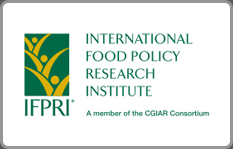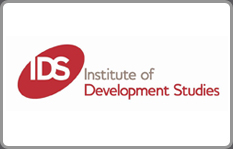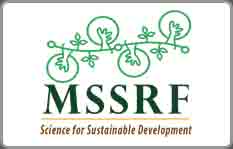The Other Asian Enigma: Explaining the Rapid Reduction of Undernutrition in Bangladesh
South Asia has long been synonymous with persistent and unusually high rates of child undernutrition — the so-called Asian enigma . Yet contrary to this stereotype, Bangladesh has managed to sustain a rapid reduction in the rate of child undernutrition for at least two decades. In this paper we aim to understand the sources of this unheralded success with the aspiration of deriving policy-relevant lessons from Bangladesh’s experience. To do so we employ a regression analysis of five rounds of Demographic and Health Surveys covering the period from 1997 to 2011.
Statistical decompositions suggest that five broad factors explain slightly more than half of the improvement in height-for-age z scores and stunting rates: rapid gains in both maternal and paternal education, wealth accumulation, increased utilization of or access to prenatal and neonatal health services, reductions in open defecation, and demographic changes in the form of reduced fertility rates and longer birth intervals. Most of these broader economic and social improvements can be plausibly linked to pro-poor economic policies and community-led development schemes, and for the most part the results are robust to various sensitivity analyses. However, it is also notable that our statistical model leaves a substantial share of Bangladesh’s success an unexplained enigma.
view report:
Publication categories:







